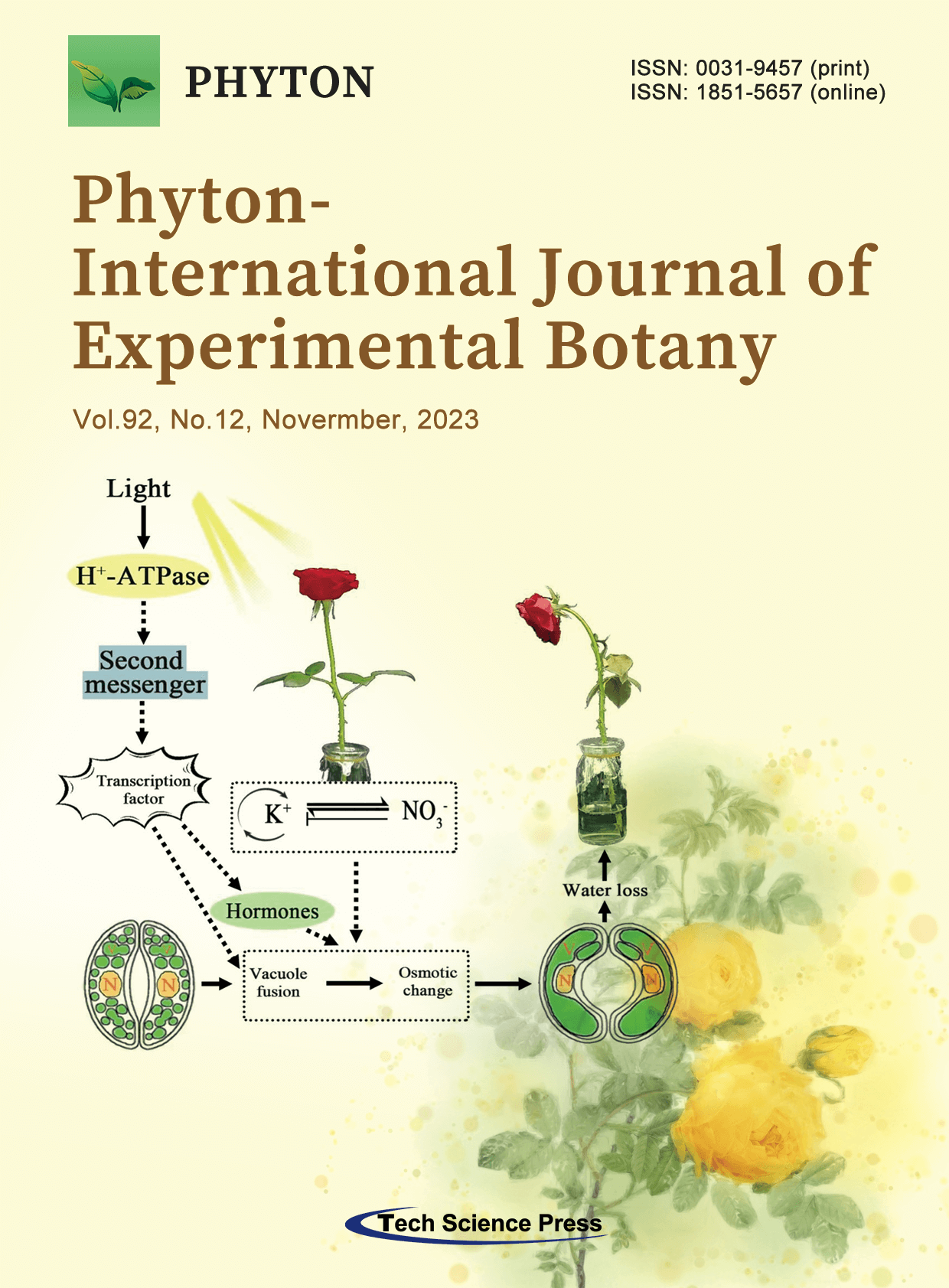
Cut roses (Rosa hybrida), while globally favored, suffer from rapid wilting due to stomatal water loss, adversely impacting both their visual appeal and economic value. This study investigated the effects of various KNO3 concentrations on stomatal opening and water loss rates of cut rose ‘Carola’ leaves alongside their transcriptional responses to KNO3. Water loss was influenced by varying KNO3 concentrations. Transcriptional sequencing identified 246 DEGs responsive to KNO3, enriching gene ontology terms associated with nitrate/terpenoid metabolism, ion transport, and stimuli response. Genes related to nitrate transport/metabolism, K+ transport, vacuoles, and aquaporins closely linked to the KNO3 response were revealed by heatmap analysis. Furthermore, hub genes in distinct modules were identified. These findings provide valuable insights into the physiological and molecular mechanisms underlying the response of cut rose leaves to KNO3 treatment.
View this paper